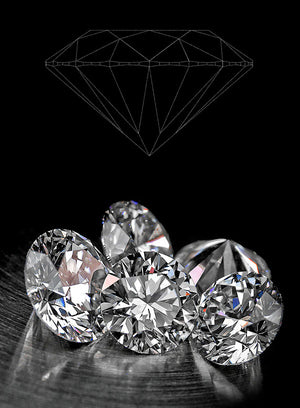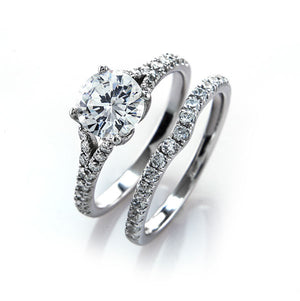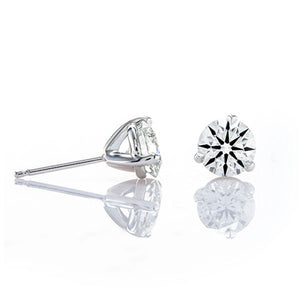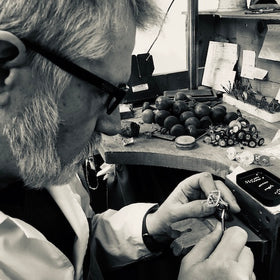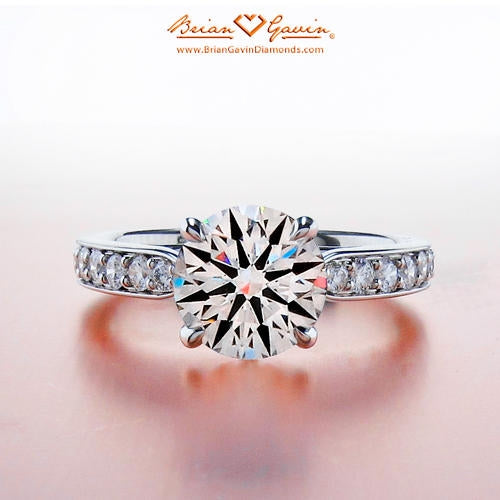
Choosing the right diamond setting
There are many steps on the road to finalizing your engagement ring or fine jewelry design. From the diamond cut to the color, you probably have in mind what the gem itself will look like. The next step is how it will be set. If you're at a loss, here are a few tips and ideas to find the perfect setting for the diamond:
Options
Before you proceed onward, the best thing to do is to research your options. Each one creates a different mood and can appear classic, modern or anywhere in between.
Prong: Probably the most timeless, a prong setting features a series of teeth that hold the diamond in place. A standard amount of prongs is four or six. The benefit of a four-prong setting is that more of the jewel is visible. However, a six-prong settings keeps the diamond even more secure. Either way, a prong setting is a great option because (whether it is four or six) it features the most surface area of the diamond, highlighting its brilliance and fire.
Tension: Tension settings allow a lot of light to shine through the diamond. The gem is held in place with a compression spring, lifting the jewel up enough to show off a large surface. The only downside is that only very hard stones can handle the tension. So if you're purchasing a diamond, you'll have no problem.
Bezel: These settings feature a metal edge that fully or partially surrounds the diamond. Settings come in a full or half bezel, referring to how much of the perimeter of the gem is covered. A bezel setting provides great protection and security for the stone and gives the surface of the ring a smooth finish.
Channel: This popular settings is often featured in wedding bands. In a channel setting, a series of jewels are placed side by side with no metal between them. Rather, they are held in place by metal along the top and bottom of the row of gems. This setting works best with square-cut diamonds.
Bar: Similar to the channel, a series of diamonds sit together. However, a bar setting separates and holds the gems with thin vertical metal strips rather than horizontal ones. The surface of the ring will appear smooth and the diamonds are sure to be well-protected.
Pave: With the option of a domed or flat pave, this setting uses a series of diamonds fitted into holes that are then flush with the surface of the band. Popular in eternity bands, this setting allows for an intense amount of sparkle.
The best fit
Now that you have a base knowledge of settings, you can figure out which works best for your specific jewelry desires. Each setting has many benefits, such as the prong setting's maximum light access. So if you want your diamond to soak and reflect lots of light, this might be the setting for you. Settings are not a one-size-fits-all aspect of jewelry, though: For example, if you aren't buying a diamond, but a softer gem, don't go with the tension setting, as the stone may not be able to withstand the pressure. The Brian Gavin team can help you be sure you're making the right decision for your custom ring.
Remember the band
When shopping for an engagement ring, always remember to keep your wedding band options in mind. That knowledge should influence how you choose the diamond setting. If the engagement ring features channel-set smaller diamonds, the band should complement it, and vice versa. The Brian Gavin team has taken some of the guess work out by designing matching sets. This way, you won't have to worry about making sure the two rings fit together. The Peggy engagement ring features a four-prong setting for the main diamond and pave settings for those surrounding it. The matching band complements with the same settings.





